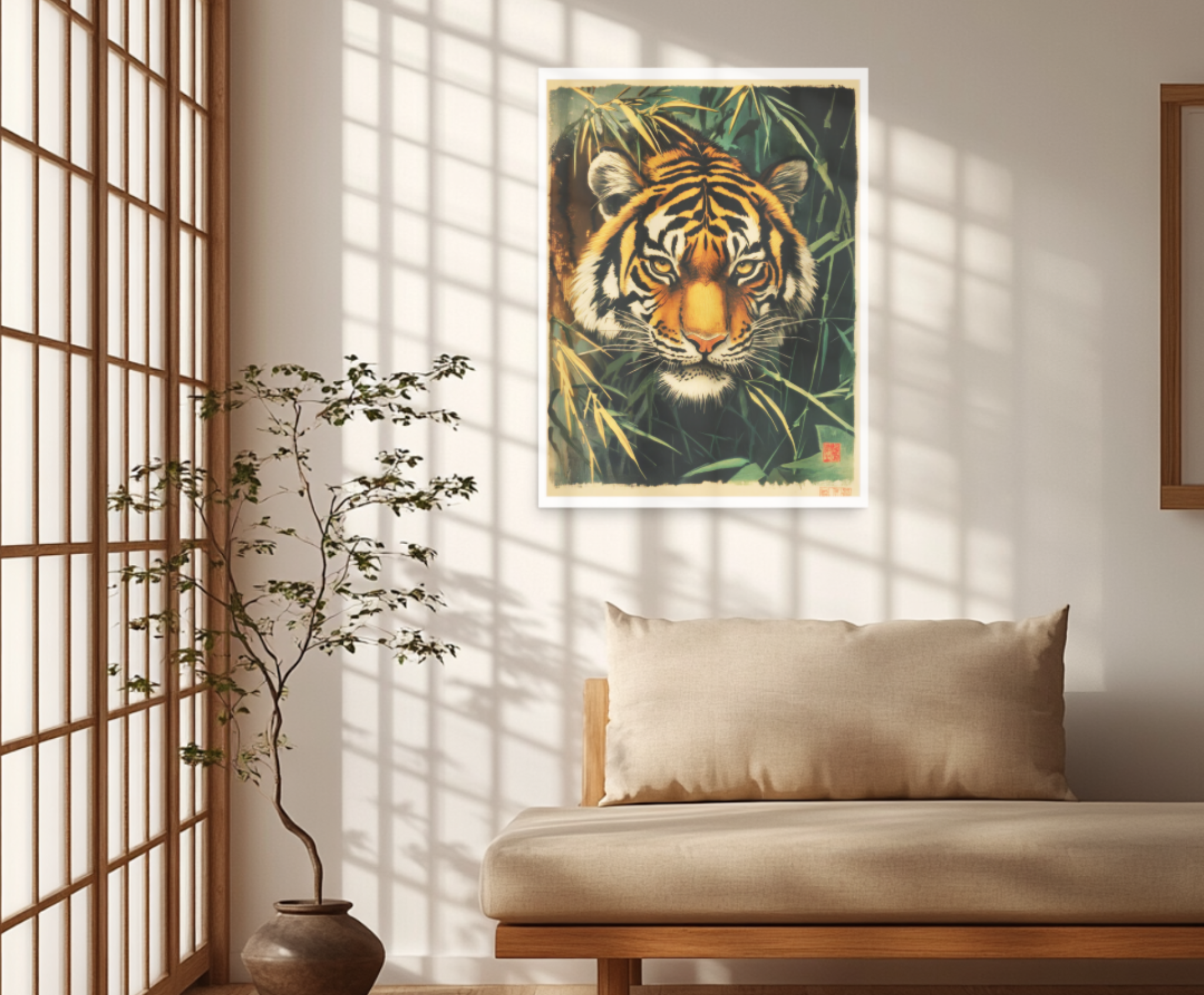
Understanding Ukiyo-e: The Art of the Floating World
When you gaze at a traditional Japanese woodblock print, you're looking through a window into what was known as the "floating world" – ukiyo. These stunning artworks, known as ukiyo-e, capture the essence of Edo period Japan, preserving moments of beauty, drama, and daily life that continue to captivate audiences centuries later.
What is Ukiyo-e?
Ukiyo-e, literally meaning "pictures of the floating world," emerged during Japan's Edo period (1603-1867). Originally, the term ukiyo had Buddhist connotations of life's transience, but during this era of peace and prosperity, it came to represent the pleasurable aspects of life – the floating, fleeting moments of beauty and joy.
The Art Form
These woodblock prints were created through a collaborative process:
-
The artist would create the initial design
-
A master carver would transfer the design onto wooden blocks
-
A printer would apply colors and create the final prints
This process allowed for multiple copies to be made, making art accessible to ordinary people for the first time in Japanese history.
Themes and Subjects
Ukiyo-e artists captured various aspects of Edo life:
-
Beautiful landscapes and famous places
-
Kabuki actors and theatrical scenes
-
Beautiful women (bijinga)
-
Historical and mythological scenes
-
Flora and fauna
The Legacy of Ukiyo-e
The influence of ukiyo-e extends far beyond Japan. When Japanese ports opened to foreign trade in the 1850s, these prints made their way to Europe, profoundly influencing Impressionist and Post-Impressionist artists. The flat planes of color, bold compositions, and unusual perspectives revolutionized Western art.
Today, ukiyo-e continues to inspire artists and designers worldwide, including our curated collection at House of Koyomi, where we celebrate this timeless art form through carefully selected prints that bring its beauty into contemporary homes.



